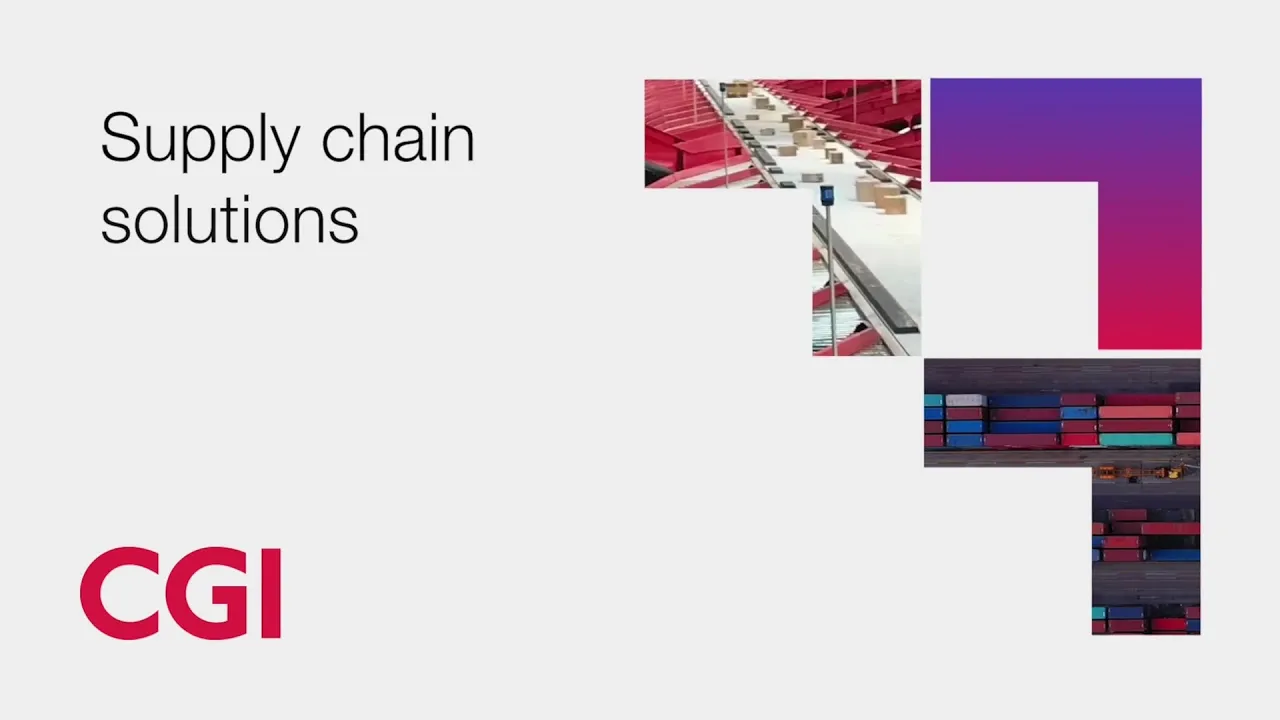Joanna
Robinson
serves
as
Senior
Vice-President
of
operations
for
CGI's
U.
S.
West
business
unit.
As
a
seasoned
executive
and
business
leader,
Joanna
has
experience
leading
large-scale
operations
with
responsibility
for
strategy,
service
delivery,
sales
and
business
development,
marketing,
client
...
With
over
25
years
of
consulting
experience,
Bernard
has
expertise
in
complex
managed
services
programs,
systems
integration
and
IT
consulting.
He
has
managed
large-scale
transformational
delivery
involving
Infrastructure,
data
center
and
hybrid
cloud
services
as
well
as
help
desk
and
...
Sanjay
Chintalapalli
is
a
technology,
engineering,
product
management
and
IT
operations
executive
with
broad
experience
in
retail,
fuel
convenience,
payments,
loyalty,
hospitality,
manufacturing,
supply
chain
and
distribution
verticals.
Sanjay
has
over
25
years
of
experience
deploying
strategic
leadership
for
...













